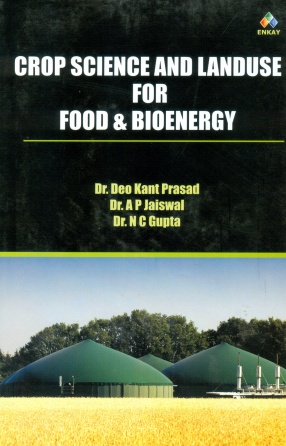
Showing all 7 books
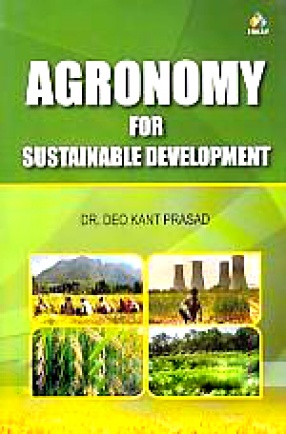

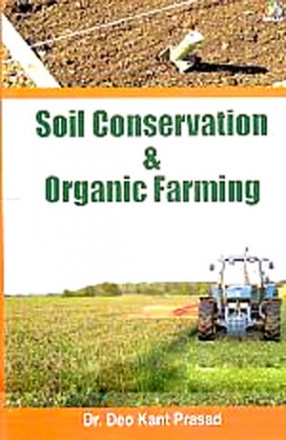
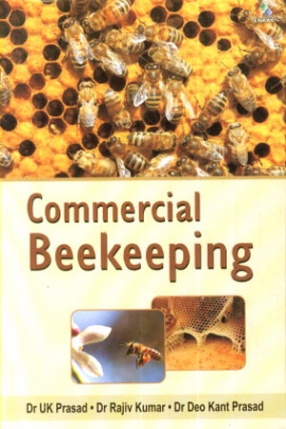

The period since the 2nd World War has been marked by an astonishing increase in crop yields per hectare, a moderate increase in cropped land area, and the net result has been a huge increase in food production. The par capita availability of food is now greater than before, despite the population increase over this period. This success must be given proper recognition. There are still many hundered of millions of undernourised people in the world, but this is ...
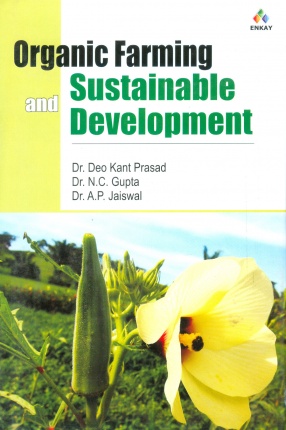
From the very beginning of its existence, human kind has been tackling the problems of food provisions. People's purposeful actions during many generations resulted in the actual formation of the biosphere's new component - agrosphere. according to the definition of academician O.Sozinov, the agrosphere includes all types of agrolandscapes, agrobicenouses, and agroecosystems. Agrosphere is not only the main source of provision of the population with foodstuffs ...

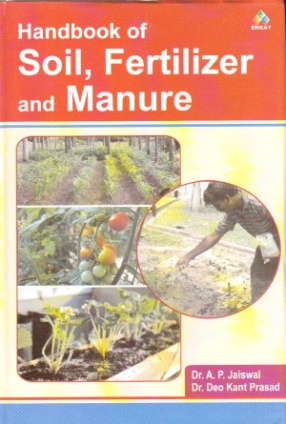
Manure is a good source of plant nutrients and organic matter. Properly managed manure applications recycle nutrients to crops improve soil quality and protect water quality. Manure is highly variable source to source, and growers must be able to understand and reduce that variability to make best agronomic and environmental use of manure. Fertilizing with manure out lines a systematic method to help you manage nutrients from manures. Even with the best methods ...

Watershed Management is a landscape based strategy that aim to implement improved natural resource management systems for improving livelihoods and promoting beneficial conservation sustainable use and management of natural resources. Integrated watershed management has been promoted in many countries as a suitable strategy for improving productivity and sustainable intensification of agriculture. The government of India in particular accords high priority to ...


Beekeeping or agriculture from bee is the maintenance of honey bee colonies commonly in hives by humans. A beekeeper or apiarist keeps bees in order to collect honey and other products of the hive including beeswax propolis pollen and royal jelly to pollinate or to produce bees for sale to other beekeepers. A location where bees are kept is called an apiary or bee yeard. There are more than 20000 species of wild bees. Many species are solitary and many others ...
